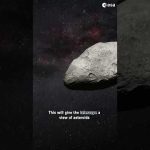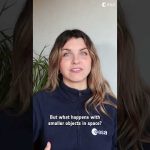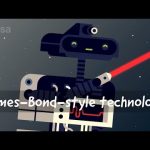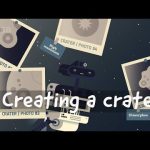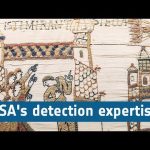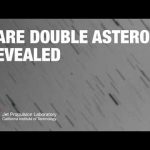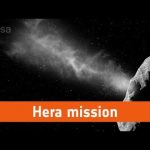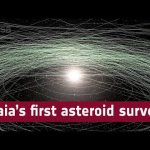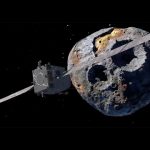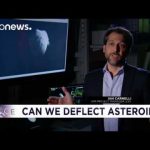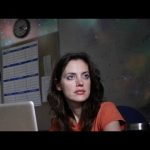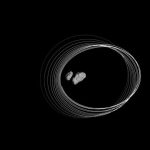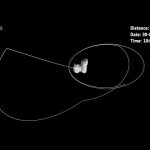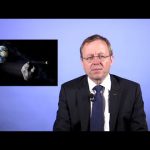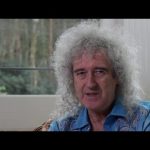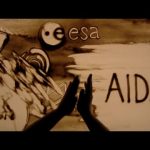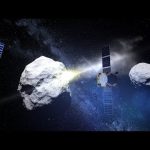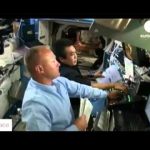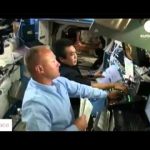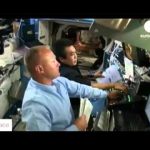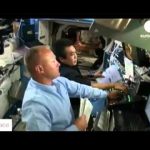Meet Hera, our very own asteroid detective. Together with two CubeSats – Milani the rock decoder and Juventas the radar visionary – Hera is off on an adventure to explore Didymos, a double asteroid system that is typical of the thousands that pose an impact risk to planet Earth.
In September 2022 NASA’s DART spacecraft tested if it was possible to divert an asteroid by giving it a shove – and found out that it was! Important knowledge, should we wish to avoid going the same way as the dinosaurs. Astronomers can observe from afar how the smaller asteroid’s orbit has shifted since DART’s impact, but there is still a missing piece of the puzzle if we want to fully understand how ‘kinetic impacting’ works in practice. Suitable for kids and adults alike, this episode of ‘The Incredible Adventures of Hera’ explains why ESA’s asteroid detective and its CubeSat assistants need to get up close and personal to shine light on this cosmic mystery.
Watch the other episodes of The Incredible Adventures of the Hera Mission:
English: https://www.youtube.com/playlist?list=PLbyvawxScNbtO4aVLVx1SrsRT6yw8gahK
French: https://www.youtube.com/playlist?list=PLbyvawxScNbveV6nHUZQMlM76h5_XLtG8
Spanish: https://www.youtube.com/playlist?list=PLbyvawxScNbtoQmV_KXc0uE9hww2zwSMX
Italian: https://www.youtube.com/playlist?list=PLbyvawxScNbtoQmV_KXc0uE9hww2zwSMX
German: https://www.youtube.com/playlist?list=PLbyvawxScNbusb32V5-i0HdymYKanXH3C
Credit: ESA-Science Office
★ Subscribe: http://bit.ly/ESAsubscribe and click twice on the bell button to receive our notifications.
Check out our full video catalog: http://bit.ly/SpaceInVideos
Follow us on Twitter: http://bit.ly/ESAonTwitter
On Facebook: http://bit.ly/ESAonFacebook
On Instagram: http://bit.ly/ESAonInstagram
On LinkedIn: https://bit.ly/ESAonLinkedIn
On Pinterest: https://bit.ly/ESAonPinterest
On Flickr: http://bit.ly/ESAonFlickr
We are Europe’s gateway to space. Our mission is to shape the development of Europe’s space capability and ensure that investment in space continues to deliver benefits to the citizens of Europe and the world. Check out https://www.esa.int/ to get up to speed on everything space related.
Copyright information about our videos is available here: https://www.esa.int/ESA_Multimedia/Terms_and_Conditions
#ESA #HeraMission #Animation

